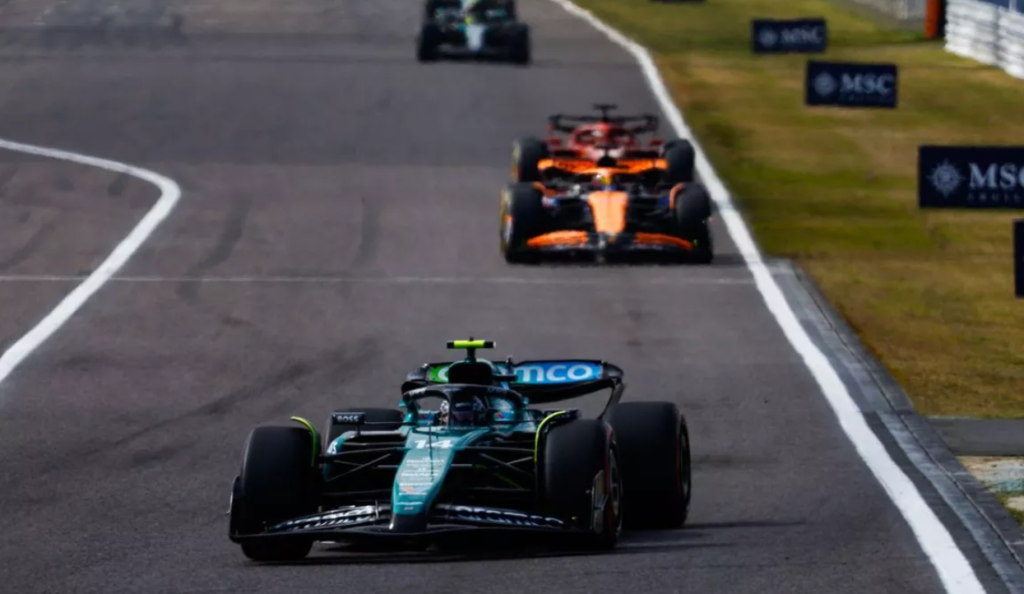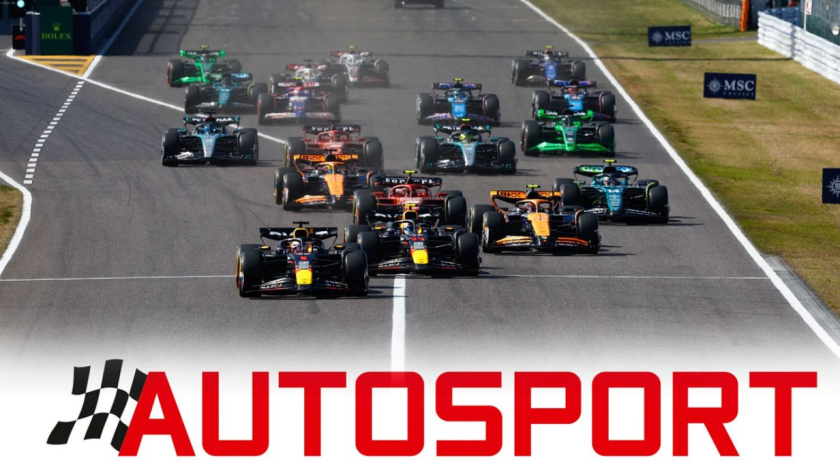There’s something magnetic about autosport — a sport where roaring engines meet razor-sharp reflexes. From Formula 1’s glamorous circuits to the rugged unpredictability of rally racing, autosport is not just about speed; it’s about precision, endurance, innovation, and sheer courage.
Unlike traditional team sports played on rectangular fields or courts, autosport takes the game to a whole different level. It stretches across continents, terrains, and technologies — each race a test not just of who’s fastest, but who can think, adapt, and survive under pressure.
A Quick Look Back: Origins of Autosport
Autosport has roots that go back to the late 19th century, shortly after the invention of the automobile. The first organized motor race was held in 1894 from Paris to Rouen, France. It wasn’t long before racing evolved into a structured sport with rules, circuits, and dedicated vehicles.
Let’s take a glance at some major milestones:
| Year | Event | Significance |
| 1894 | Paris–Rouen race | First recognized motor competition |
| 1906 | First Grand Prix in France | Birth of circuit-based racing |
| 1946 | Formation of FIA | Established international autosport rules |
| 1950 | First Formula 1 World Championship | Start of modern F1 racing |
| 1979 | First televised onboard camera in F1 | Transformed fan viewing experience |
| 2014 | Introduction of hybrid F1 engines | Push for sustainable performance |
These moments laid the groundwork for the global phenomenon we now know as autosport.
The Rules of the Road: How Autosport Works
Though each discipline of autosport has its own rulebook, there are core concepts that are shared across categories:
- Qualifying rounds decide the starting grid.
- Pit stops allow for tire changes, repairs, and strategy shifts.
- Flags are used to communicate with drivers (yellow = caution, red = stop, blue = let faster cars pass).
- Lap times determine positioning unless it’s rally racing, where timed stages count.
- Points systems reward consistency and season-long performance.
Here’s a simplified comparison of key elements across three major autosport types:
| Feature | Formula 1 | Rally | Endurance Racing |
| Race format | Circuit, multiple laps | Timed stages on various terrains | Long-distance laps with driver swaps |
| Vehicle type | Open-wheel, hybrid | Modified street cars | Prototypes and GT cars |
| Team involvement | High (up to 100+ staff) | Medium | Very High |
| Weather adaptation | Variable setups | Essential | Very important |
Understanding the structure of each race and how winners are determined adds an extra layer of appreciation for both fans and new viewers.

Not Just Cars and Tracks
Autosport isn’t a single discipline. It’s a universe of its own.
- Formula 1 (F1): The pinnacle of open-wheel racing, F1 combines elite engineering, strategy, and global fanfare.
- Rally: Dirt, gravel, snow — rally drivers conquer nature more than circuits.
- NASCAR: Oval track intensity, American style.
- Le Mans & Endurance Racing: Long-haul tests of machine and driver, where surviving the race is a feat in itself.
- Drag Racing: Pure acceleration. A sport of milliseconds.
Each category has its own rules, culture, and type of fan. Autosport isn’t about one racing format — it’s about a mindset shared across machines and disciplines.
Engineering Meets Athleticism
What separates autosport from most sports is the fusion of human and machine. A driver isn’t just an athlete; they are a technician, a strategist, and a mental warrior. Split-second decisions can define podiums. One wrong gear change, one delayed pit stop, and a race can be lost.
Behind every driver is a team of engineers, mechanics, data analysts, and tacticians. It’s chess played at 300 km/h, with tires that degrade and weather that shifts in seconds.
The Human Factor
While the machines are breathtaking, it’s the human drama that fuels autosport’s soul. Rivalries like Senna vs. Prost, Hamilton vs. Verstappen, or Loeb vs. Ogier aren’t just stories of skill — they’re tales of passion, risk, ego, and respect.
Autosport is also deeply emotional. Teams spend months developing new parts for just milliseconds of advantage. A podium finish can mean everything; a crash, heartbreak. Fans don’t just cheer for speed — they connect with personalities, national pride, and comeback stories.
Global Appeal
Unlike many sports that are regional or culturally bound, autosport is truly international. Races happen in Monaco, Japan, Argentina, Qatar, and Kenya. Fans from Lagos to London watch the same races, wear the same team caps, and debate pit stop strategy with equal intensity.
Technology and media have also helped autosport grow. With onboard cameras, team radios, and live data streaming, fans now experience the race almost like being in the cockpit.
Evolution and Innovation
Autosport has always been a lab on wheels. Seat belts, disc brakes, paddle shifters, hybrid engines — many innovations in consumer vehicles were born on racetracks. Today, with hybrid racing in F1 and sustainable fuels in rallying, the sport is pushing boundaries in environmental responsibility.
This evolution is not just technological — it’s cultural. Women are increasingly breaking into the sport, both as drivers and engineers. Diversity and inclusion campaigns are reshaping what the paddock looks like. Autosport isn’t stuck in the past — it’s speeding into the future.
The Business of Speed
Make no mistake: autosport is big business. Sponsors, broadcasting rights, merchandise, and tourism generate billions annually. Major brands compete just as fiercely as drivers do, and teams operate like elite corporations with global operations.
But the financial aspect doesn’t dilute the passion — it intensifies it. Every dollar invested in wind tunnel testing or simulator training shows on the stopwatch.
Why It Grabs Us
So, why are people obsessed with autosport? It’s not just the speed. It’s the perfect blend of chaos and control. It’s the possibility that anything can happen — and often does.
A tire puncture on the final lap. Rain that flips the grid. A rookie outpacing a world champion. Autosport thrives on unpredictability, yet rewards discipline. It’s both primal and sophisticated.
Autosport isn’t just a sport. It’s a narrative of limits being tested, not just of speed, but of the human spirit, technology, and teamwork. It’s a place where you can hear stories in the sound of engines and see emotions at 300 km/h.
For fans and participants alike, autosport is more than a race — it’s a way of seeing the world: risky, precise, beautiful, and always moving forward.




